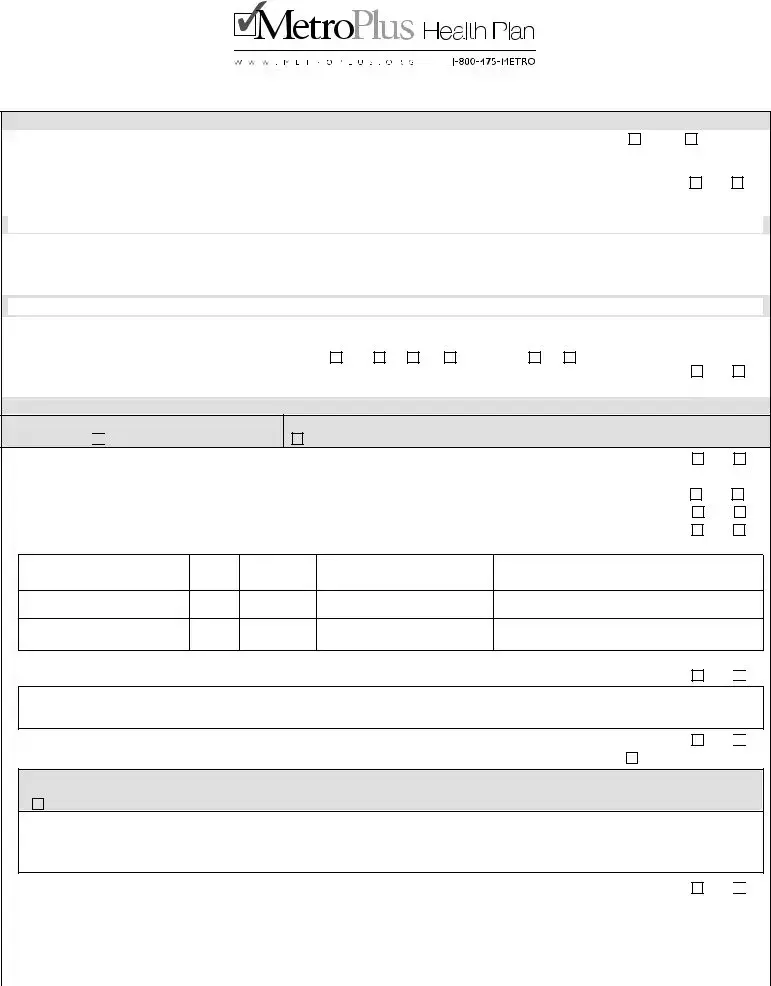1. What is the purpose of the Metroplus Health Plan form?
The Metroplus Health Plan form is designed to request prior authorization for medications and medical therapies. It ensures that the necessary information is provided to determine whether a medication is covered under the health plan.
2. How do I complete the patient information section?
In the patient information section, you will need to fill out the patient's first and last name, middle initial, gender, date of birth, and member ID. If the patient is transitioning from a facility, don’t forget to include the name of that facility.
3. What should I include under provider information?
Fill out the first and last name of the provider, their specialty, NPI number, phone number, fax number, and the office contact person’s name. This helps streamline communication regarding the authorization request.
4. What types of medication information are required?
You need to provide the medication name, strength, frequency, quantity, and number of refills requested. Additionally, indicate the case-specific diagnosis and the route of administration.
5. What if the medication has been previously covered?
If this is a continuation of therapy that has been covered by another health plan, provide the approximate date it started. You will then proceed to answer follow-up questions related to the medication’s necessity and effectiveness.
6. What types of supporting information are needed?
Support your medical necessity request with relevant clinical information, lab results, and any diagnostic studies. Complete information helps the health plan make informed decisions about coverage.
7. When is it appropriate to check the expedited review option?
Select the expedited review option if the patient’s situation requires quicker processing. This is particularly crucial when delays might affect their health or treatment outcome.
8. Is prior authorization required for all medications?
Not all medications require prior authorization. However, many high-cost or specialty medications do. Always check your specific plan requirements for further details.
9. What is the significance of the prescriber’s signature?
The prescriber’s signature is important because it attests to the accuracy of the information provided and confirms that the medication is medically necessary for the patient. This ensures accountability in the prescribing process.
10. How can I submit the form once it’s completed?
Once all the information is filled out, fax the form along with any supporting documents to the designated health plan fax number. Make sure to double-check that all required fields are completed to avoid processing delays.





 No
No
 No
No
 No
No